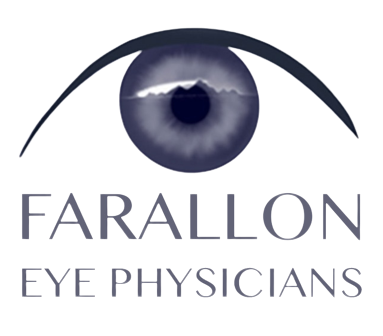Endophthalmitis
Endophthalmitis
Endophthalmitis
Endophthalmitis is a serious inner eye infection. It is most frequently caused by bacteria that enters the inner eye, which may result following eye surgery, general surgery, blood disease, or eye injury. Endophthalmitis is a medical emergency. You should contact your doctor as soon as you develop symptoms. Early diagnosis and treatment is vital for preventing vision loss.
Anatomy
Light rays enter the front of your eye and are interpreted by your brain as images. Light rays first enter your eye through the cornea, a clear dome that helps your eyes focus. The anterior chamber is located behind the cornea and in front of the iris. The anterior chamber is filled with a fluid that maintains eye pressure, nourishes the eye, and keeps it healthy.
The iris is the colored part of your eye. The iris contains two sets of muscles. The muscles work to make the pupil of your eye larger or smaller. The pupil is the black circle in the center of your iris. It changes size to allow more or less light to enter your eye.
After light comes through the pupil, it enters the lens. The lens is a clear curved disc. Muscles adjust the curve in the lens to focus clear images on the retina. The retina is at the back of your eye.
Your inner eye or the space between the posterior chamber behind the lens and the retina is the vitreous body. It is filled with a clear gel substance that gives the eye its shape. Light rays pass through the gel on their way from the lens to the retina.
The retina is a thin tissue layer that contains millions of nerve cells. Think of your retina as a movie screen that receives images about what you see. The receptor cells in the retina send nerve messages about what you see to the optic nerve.
The optic nerves extend from the back of each eye and join together in the brain at the optic chiasm. The optic chiasm is the place where the optic nerves from the right and left eye meet and cross one another. From the optic chiasm, the nerve signals travel along two optic tracts in the brain and on to the occipital cortex.
Causes
Endophthalmitis is a serious inner eye infection. It is most frequently caused by a bacterial infection. Viruses and Fungi can also cause endophthalmitis.
The infectious organisms enter the eye through the bloodstream, a surgical incision, or an eye injury. Bacterial sepsis, “blood poisoning,” or defective heart valves can lead to endophthalmitis. Bacteria can gain entry to the inner eye during surgical procedures, such as cataract or glaucoma surgery. It may also result from infection related to surgery anywhere in the body. Other causes of endophthalmitis include intravenous (IV) drug administration and eye injury.
Symptoms
Endophthalmitis is a medical emergency. You should contact your doctor as soon as your symptoms occur. Early diagnosis and treatment is vital for preventing vision loss. It is usually accompanied by a red painful eye with decrease in vision. In some cases, people may experience minimal or no symptoms, but the condition is evident upon examination.
The pain and redness may get worse over time. Your eyes may be extremely sensitive to light. You may have pus in your eyes and swollen eyelids. You may see floaters and have blurred vision. The blurred vision may get worse over time and progress to a partial or complete loss of vision. If you have had any eye surgery, it is important to let your surgeon know of these symptoms immediately.
Diagnosis
You should tell your doctor about your symptoms and recent surgeries. Your doctor can diagnose endophthalmitis by conducting an eye examination and culturing an eye fluid sample. Your doctor needs to know the kind of organism that is responsible for the infection for treatment planning.
Treatment
Rapid treatment is usually needed to prevent vision loss. Your doctor will prescribe the antibiotic that is most effective for treating the type of infection that you have. Corticosteroid medication may be prescribed to relieve pain and inflammation. Surgery may be used to remove infected tissue. It may take time for lost vision to be restored. However, outcomes can vary widely, and permanent vision loss is possible.
Complications
Significant loss of vision is a possibility and in the worst case scenario loss of the eye itself is possible.
This information is intended for educational and informational purposes only. It should not be used in place of an individual consultation or examination or replace the advice of your health care professional and should not be relied upon to determine diagnosis or course of treatment.
The iHealthSpot patient education library was written collaboratively by the iHealthSpot editorial team which includes Senior Medical Authors Dr. Mary Car-Blanchard, OTD/OTR/L and Valerie K. Clark, and the following editorial advisors: Steve Meadows, MD, Ernie F. Soto, DDS, Ronald J. Glatzer, MD, Jonathan Rosenberg, MD, Christopher M. Nolte, MD, David Applebaum, MD, Jonathan M. Tarrash, MD, and Paula Soto, RN/BSN. This content complies with the HONcode standard for trustworthy health information. The library commenced development on September 1, 2005 with the latest update/addition on April 13th, 2016. For information on iHealthSpot’s other services including medical website design, visit www.iHealthSpot.com.
To schedule an appointment for optical, ophthalmology or cosmetic services in Daly City, California, simply call the office of Susan Longar, MD.



